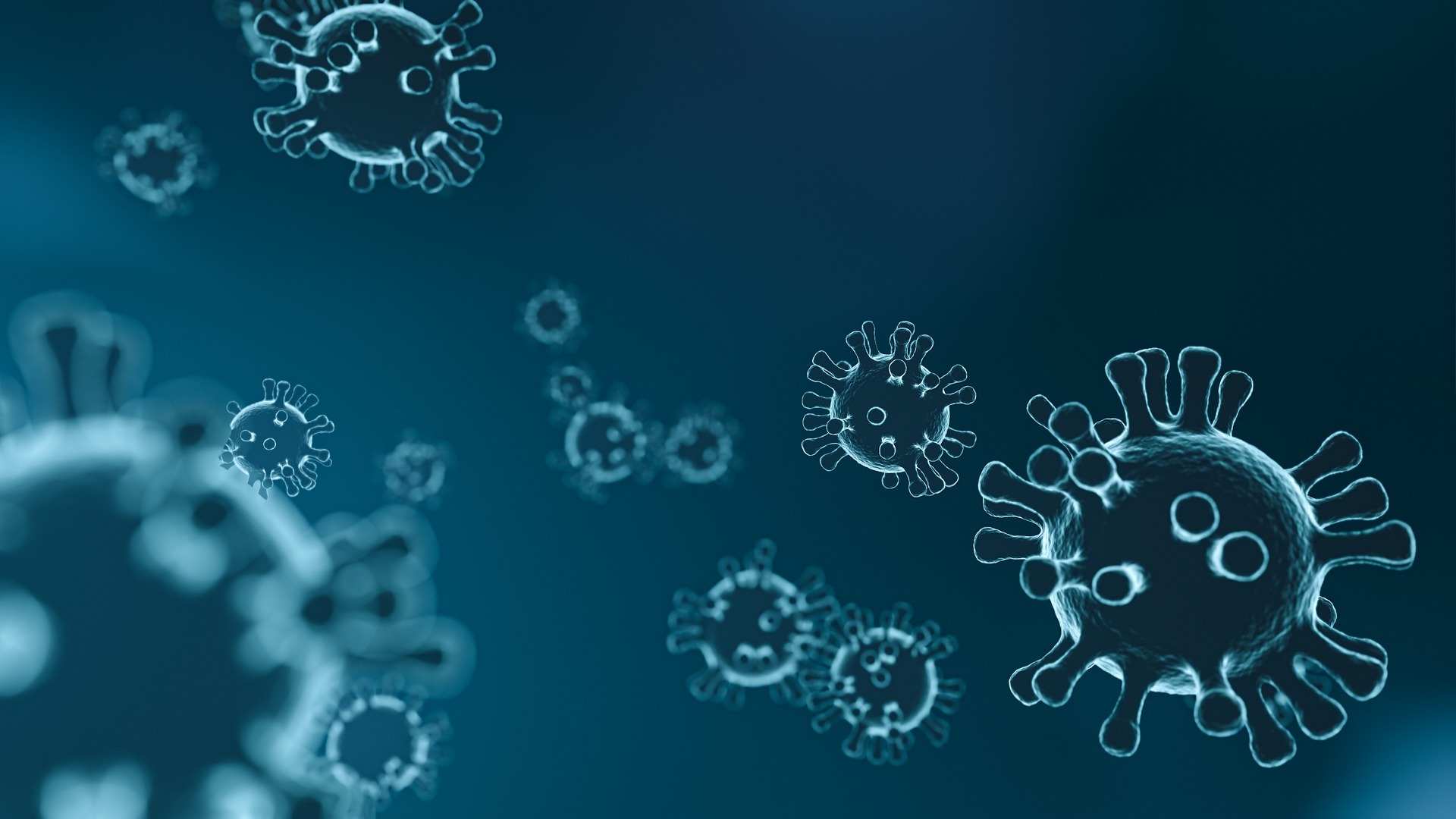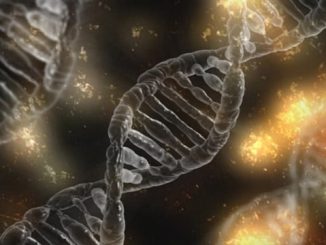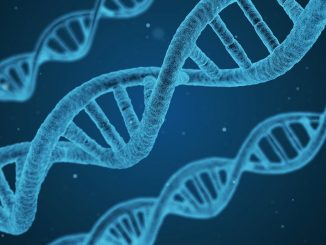
What are Fats?
Fats, also known as triglycerides, are a type of lipid and an important energy storage molecule in many organisms. They are composed of glycerol and […]

Fats, also known as triglycerides, are a type of lipid and an important energy storage molecule in many organisms. They are composed of glycerol and […]

Bacteriophages, often referred to as phages, are viruses that specifically infect and replicate within bacteria. The term “bacteriophage” originates from the Greek words “bakterion,” meaning […]

Beta-lactoglobulin (BLG) is a major whey protein found in the milk of mammals, particularly in cow’s milk. It belongs to the lipocalin protein family and […]

Cholecystokinin (CCK) is a digestive hormone produced primarily in the small intestine (specifically the duodenum and jejunum). It plays several important roles in digestion and […]

Polyketide synthesis is a fascinating process, mainly occurring in microorganisms like bacteria and fungi, which produces a diverse group of secondary metabolites known as polyketides. […]

Introduction to TRPV1 The Transient Receptor Potential Vanilloid 1 (TRPV1) receptor, also known as the capsaicin receptor, is a member of the TRP (transient receptor […]

mRNA translation, the process by which messenger RNA (mRNA) molecules are decoded by ribosomes to produce proteins, exhibits differences between prokaryotes and eukaryotes due to […]

Adhesion proteins play a fundamental role in various biological processes by facilitating cell-cell and cell-extracellular matrix (ECM) interactions. These proteins are crucial for maintaining tissue […]

Understanding the function of proteins is paramount in elucidating biological processes and developing targeted therapeutics. An essential aspect of protein function is the identification of […]

Understanding the three-dimensional (3D) structure of proteins is crucial for deciphering their functions and developing targeted therapies for various diseases. Historically, predicting protein structures has […]

Gut taste receptors—also known as chemosensory receptors—play a surprisingly important role in regulating satiation, satisfaction, and appetite. Though we normally associate taste with the tongue […]

N-glycosylation is one of the most prevalent and complex post-translational modifications of proteins in eukaryotic cells, critically influencing protein folding, stability, trafficking, and cell-cell interactions. […]

The organisation of genes within the genome is not random but often reflects deep evolutionary pressures and developmental requirements. Among the most striking examples of […]

Monoclonal antibodies are highly specialised protein molecules that has found wide-ranging application in biotechnology and an analytical biochemistry. Of all the advances that have been […]

Topoisomerases are enzymes that play a crucial role in the maintenance and regulation of DNA structure and topology within cells. They are responsible for altering […]

The proteasome is a crucial protein complex in cells that breaks down and recycles damaged or unneeded proteins. It’s a core part of the ubiquitin-proteasome […]

Mammalian cell expression refers to the process of introducing and expressing foreign genes or proteins in mammalian cells. Mammalian cells, such as human embryonic kidney […]

Ceramides are a vital component of the skin’s barrier function and play a crucial role in maintaining healthy and hydrated skin. These lipid molecules, also […]

Milk lipoprotein lipase (LPL) is an enzyme that is present in the milk of lactating animals, including humans. It plays a crucial role in the […]

Size-exclusion chromatography (SEC), also known as gel filtration chromatography, is a widely used analytical technique in the field of biochemistry, biotechnology, and pharmaceutical sciences. It […]
Copyright © 2025 | WordPress Theme by MH Themes